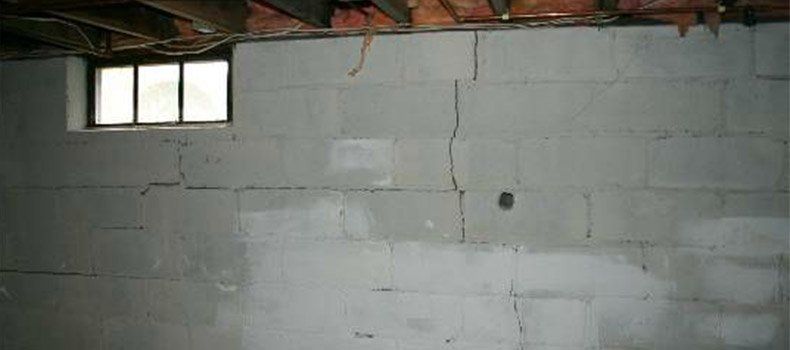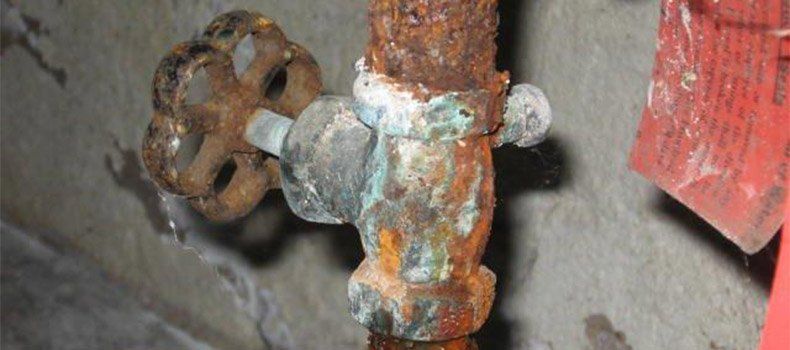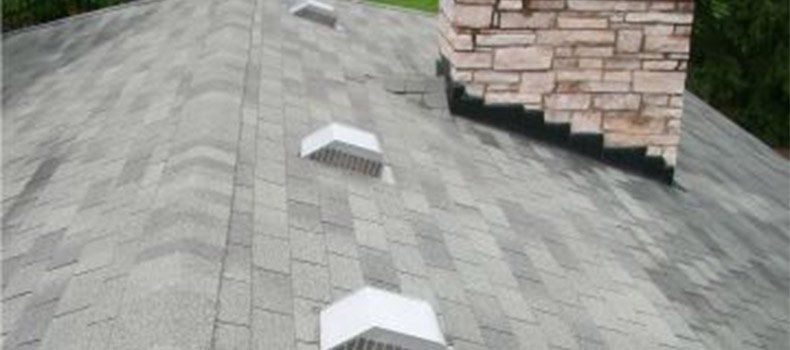The Premier Rochester NY Inspection Firm
Pro-Engineered Inspections
95 Allens Creek Road • Building 2, Suite 211 • Rochester, NY 14618
Foundations
Need an inspection?
Contact us to have your home or building inspected by a Licensed New York State Professional Engineer.
Often times we have been asked general questions regarding foundation maintenance, and more specifically when is a foundation crack considered to be severe or of significance. The following newsletter is intended to address some of these questions regarding the different types of foundations in the Rochester area and when foundation repair becomes necessary. As is always the case, please feel free to call our office if you have specific questions on this topic, or any other questions regarding our services.
STONE FOUNDATIONS
Houses that were constructed prior to around 1910 typically will have foundations constructed with stone. These stone foundations have certainly withstood the test of time. There are thousands of houses in this general area with stone foundations that remain in serviceable condition.
Stone foundations will require periodic maintenance and repair. This can include repointing, filling voids, securing loose stone, etc. Over a period of many years, or even generations, the mortar that was used in these foundations tends to slowly deteriorate. It essentially turns to sand, necessitating patching and repointing. These repairs are not usually required on a very frequent basis, but owners of old properties such as this must anticipate the need for maintenance.
Stone foundations often times look to be in worse condition than they actually are. They tend to look somewhat irregular or distressed. Rarely is a stone wall completely plumb and true. Often times they have a bit of a lean, or even a buckle. The need for significant foundation repair presents itself when a wall experiences noticeable movement or deterioration, which is not a common occurrence.
MASONRY BLOCK FOUNDATIONS
Over the past 100 years the vast majority of residential foundations in our area have been constructed with masonry block. These foundations are also very reliable. There are two types of movement that tend to occur with these foundations, neither of which is desirable, but a small degree of movement is not unusual.
First, some minor differential settlement of a foundation is almost expected. This typically occurs not long after a foundation or house is constructed. It involves a small degree of downward movement, and it can cause noticeable but minor cracks in the wall. Usually these cracks are approximately vertical, or they stair-step along the mortar joints.
I have often times heard people say that a crack that is in the mortar joints is minor but a crack that goes through the block is of great significance. I would disagree. When the foundation moves, a crack will want to occur where there are weaker areas of the block and mortar. This is usually through the mortar joint. In fact, a crack through the block indicates that the mortar securely bonded to the block at the time of construction. This means that the mason did a good job in building the foundation since the mortar, block and joints are all working well together.
In either case, a small degree of differential settlement causing slight or minor settlement cracks is not unusual. In most cases settlement does not progress, or progresses very slowly over decades. If settlement does continue to progress more rapidly over a shorter period of time it is an indication that the soil beneath the foundation is moving or shifting. Depending on circumstances (e.g. how quickly movement has occurred and the total amount of movement) this could require significant repair or underpinning of the foundation. This is a very expensive undertaking. Once again, the nature of our soil in this area is such that ongoing significant foundation settlement is not a common occurrence.
Horizontal shifting of the foundation can also occur. Horizontal pressure acting against the foundation from the soil can push a wall inward if the wall is not of adequate strength. There are many factors which can contribute to the lateral pressure acting against the foundation. Soil type is a major contributor. Heavy wet soils will exert an appreciable amount of lateral pressure. Frost action just below grade level is a common inward force. Inward movement and buckling can result. The horizontal mortar joints tend to open, and the wall is no longer plumb.
The history of these conditions can play an important role in determining the severity of the situation. If the wall has experienced a small amount of inward movement, and movement is not progressing, corrective actions can be delayed or avoided. The typical recommendation in this case is to direct roof and surface water away from the outside of the wall to reduce the chance of additional movement. However, continuation of movement would indicate that there are instabilities which must be addressed. This is why it is important for a potential buyer of a property that has experienced this type of movement of the foundation to obtain as much information as possible regarding the history of the movement.
A foundation that has experienced a significant amount of inward movement should be reinforced, strengthened or rebuilt. Also, steps should be taken to help reduce or control the amount of lateral pressure acting against the foundation.
Reinforcement is oftentimes accomplished through the installation of pilasters on the inside of the foundation. Pilasters are reinforced vertical columns that are anchored into the basement floor and the foundation wall. They act as braces, preventing continued lateral movement. Relatively speaking, pilasters are one of the less expensive types of repair, at least as compared to other types of foundation reinforcement or rebuilding.
Reinforcement to help prevent lateral movement can also be accomplished through other means that tend to be more intrusive and expensive, but less obvious. For example, some contractors will install anchors or “dead men” in the ground outside of the foundation walls. These anchors are then fastened to the foundation with threaded steel rods that run through the foundation and plates and bolts on the inside surface of the wall. The anchors in the ground are intended to keep the wall from experiencing movement.
In more extreme cases, lateral movement of a foundation can ultimately necessitate complete reconstruction of the section of the foundation that has been affected. This is a very costly undertaking.
Controlling the amount of pressure acting against the foundation is important. The amount of water in the soil directly adjacent to the foundation should be minimized. For this reason, proper grading is important. Where possible grading, driveways, walkways, patios, etc. should slope away from the house. Also, it is important to insure that roof runoff is channeled away from the house. The lack of gutters, or gutters that do not function properly will result in an excessive amount of water in the soil adjacent to the foundation. When this water in the soil freezes frost action can push a foundation inward. Sometimes the installation of below ground drain systems becomes justified or necessary. These drain systems will collect excess water from the ground and channel it away from the foundation.
POURED CONCRETE FOUNDATIONS
Poured concrete foundations are a relative rarity in the Rochester area. They are very desirable foundations, but the general building practice of the Rochester area has limited their use. For the most part, they are stronger than block foundations, but they can still experience some minor differential settlement. Cracks that are vertical or mostly vertical in a poured foundation are usually the result of minor differential settlement. Patching of these cracks is considered good general practice, not because it is necessary from a structural standpoint, but because patching of the crack can help to prevent seepage of ground water.
I hope that this brief discussion regarding types of foundations and foundation cracks is of benefit to you. As is always the case, please feel free to contact our office if we can be of specific assistance pertaining to your questions about houses and their maintenance. We stand ready and willing to assist you in this regard.
You might also like
Get a quote or schedule an inspection today
Location
95 Allens Creek Road, Building 2, Suite 211
Rochester, NY 14618
Phone

Warren Engineering has been specializing in building and home inspections for over 45 years.
Our Services
Quick Links
Business Hours
Mon-Fri: 8:30am - 4:30pm
Sat-Sun (& holidays): 8:00am - 8:00pm
Appointments taken via phone 7 days a week
Warren Engineering. All Rights Reserved.




